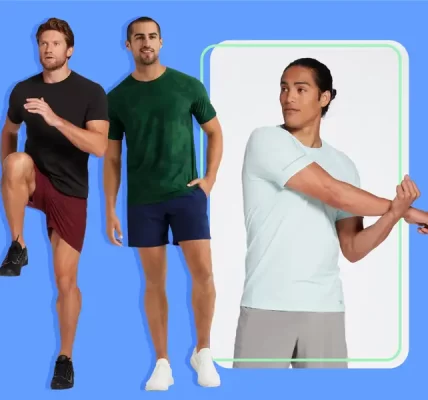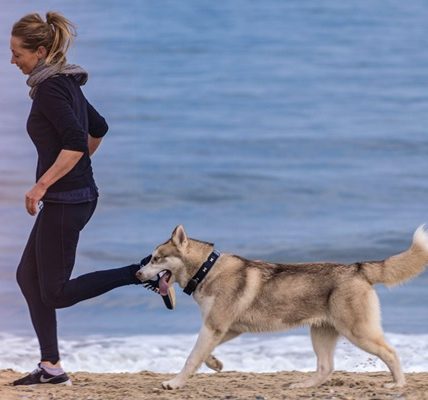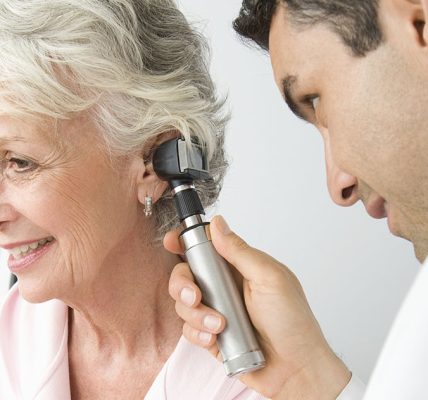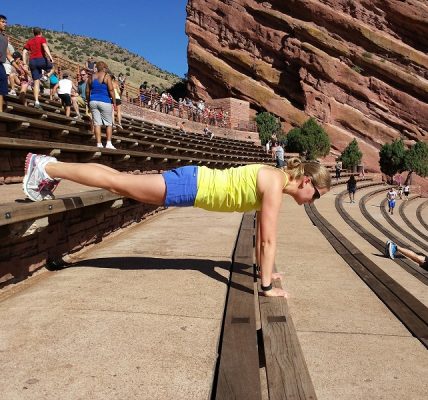Achieving a strong, well-balanced body requires working on several muscle groups to minimize imbalances that might cause injuries and to guarantee consistent development. All of the main muscle groups should be worked during a thorough training regimen, which will increase overall strength, stability, and attractiveness.
Why a Balanced Exercise Program Is Important
It is essential to determine the primary muscle groups to workout while organizing your fitness regimen. You may design a well-rounded program that strengthens all the major muscle groups, corrects posture, and lowers your chance of injury. Any muscle group neglected might result in imbalances and long-term problems.
Muscles of the Chest
Upper body strength is mostly dependent on the muscles of the chest, specifically the pectoralis major and minor. These muscles are developed with exercises like push-ups, bench presses, and chest flies, which result in a stronger and more sculpted upper body. Better performance in a variety of sports and daily activities is also supported by a robust chest.
Muscles of the Back
For a well-rounded body, your back muscles, the latissimus dorsi, trapezius, and rhomboids are crucial. By making these muscles stronger, back pain can be avoided and posture is improved. Include exercises like rows, deadlifts, and pull-ups in your regimen to guarantee a strong and toned back.
Muscles of the Shoulders
Having strong shoulders is essential for good upper body equilibrium. Because they are involved in nearly every arm movement, the deltoids and rotator cuff muscles are essential for both daily activities and sports performance. These muscles are targeted by exercises including front rises, lateral raises, and shoulder presses, which increase their strength and endurance.
Arm Muscles
Triceps and biceps are functional and attractive. Bicep curls, tricep dips, and hammer curls build these muscles, improving your pushing and pulling abilities.
Central Muscles
A balanced physique starts with a strong core. For practically every activity, the rectus abdominis, obliques, and transverse abdominis are among the core muscles that offer stability and support. Include core exercises such as planks, sit-ups, and Russian twists to improve overall body function and stability.
Leg Muscles
These muscles are the body’s largest: hamstrings, quadriceps, glutes, and calves. Legs are needed for strength and mobility. Great lower body workouts like leg presses, lunges, and squats increase power and balance.
Glute Appendages
Lower body strength and hip stability are significantly influenced by the gluteal muscles. These muscles are worked during exercises like glutes bridges, deadlifts, and hip thrusts, which help develop a firm and powerful posterior. Additionally, having strong glutes promotes good posture and lowers the chance of lower back problems.
Conclusion
You can build a balanced, powerful body that looks amazing and functions at its best in all facets of life by concentrating on these important muscle groups and utilizing a range of workouts.









